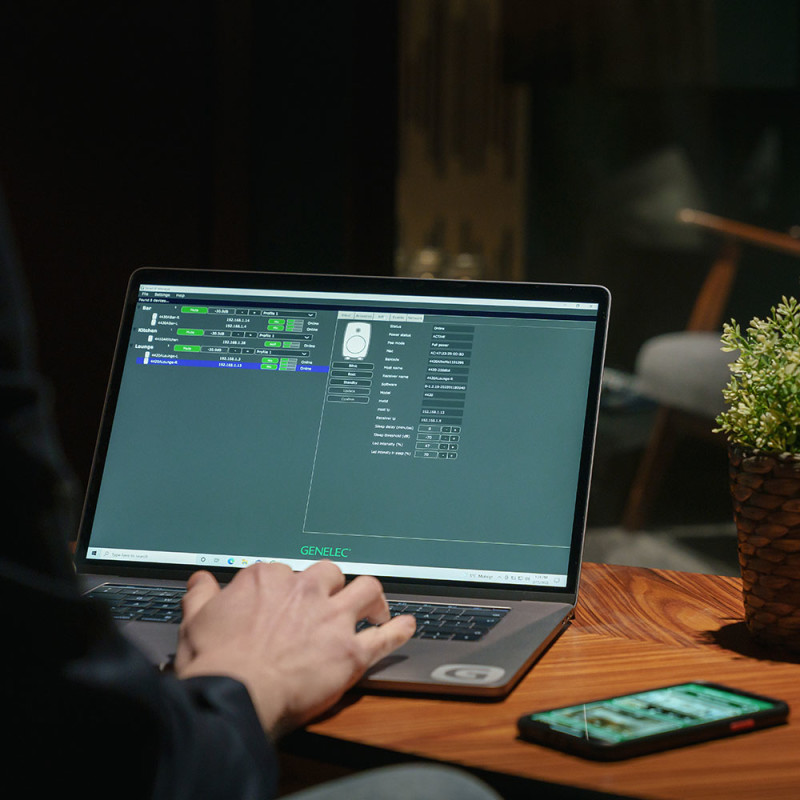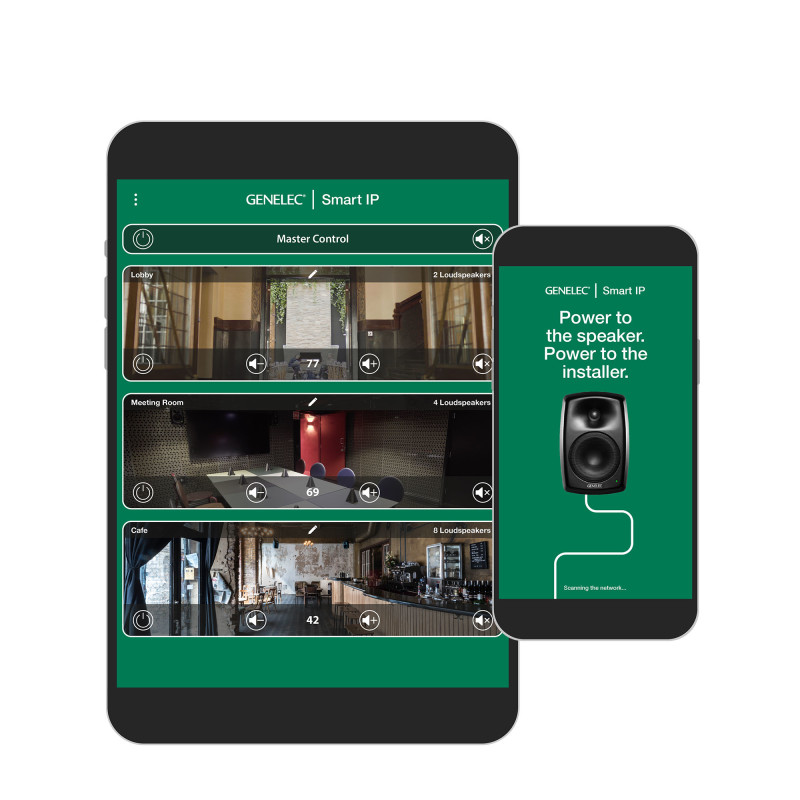I’ve made another change to my system, so this deserves another post. (Long story short, I had initially bought 8351’s and then paid the difference to upgrade to 8361’s. But because I caught the dealer’s weekend fire sale, they price matched and offered me money back. I kept it as store credit and ordered a 2X6SE as a second module in my Symphony I/O Mk2. This module has a dedicated XLR AES Output.)
So for the first two weeks, the Symphony I/O sent its analog output to the SSL X-Desk, which then fed the 8361’s. The sound was already amazing, great phantom center image, wide stage, great clarity and revealing. But I knew in this chain, the monitoring section of the mixer was still involved; noise was probably being masked, and inevitably the signal still travelled through the X-Desk’s electronics.
Then the 2X6SE module arrived a few days ago, along with a pair Mogami Platinums. It’s really hard to describe this, but the sound was EVEN more clear. And that clarity convinces me the image is even wider, more detailed. I’m not saying that the Digital Input is objectively better, but for my setup and the equipment involved, I prefer the AES in for listening.
I’ve setup Group Presets using GLM app so I can quickly switch from Digital Stereo to Digital Mono (Summed) or to Analog Stereo. I still need to switch back to Analog In when I’m using the hardware synths.
I now also have a 9310B volume knob, and the experience is much better for me than clicking the volume slider on the app. Inevitably, before the 9310B arrived, I clicked on max volume by accident - that was certainly shocking. The 8361’s roared like you wouldn’t believe, I was sweating profusely. With the 9310B connected now, the knob overrides the app - it always controls the speakers themselves, so I feel safe.
I’m the Composer and Lead Sound Designer for an upcoming battle royale game, and I have work due and deadlines every two three days. I can safely say these 8361A’s have already earned my trust. Whether it’s sound FX or short loops or whatever, work has definitely gotten faster since I got involved with Genelec Ones.
Last but not least, yes I did the GLM calibration, no I don’t have the need or space for subwoofer. Previous monitors from newest to oldest: Genelec 8040, Adam S3A, and original Dynaudio BM6A’s.


